Welcome to our comprehensive services page, where innovation meets expertise. From cutting-edge engineering solutions to real time engineering support, we offer a diverse range of services tailored to meet your specific needs. Explore how our proven track record and commitment to excellence can propel your business forward. Whatever your requirements, we’re here to deliver top-tier solutions that exceed expectations.
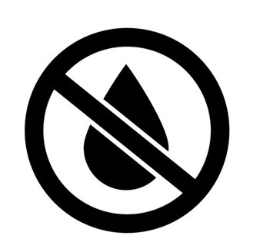
Dehydration ensures that the gas meets pipeline specifications and prevents damage to downstream equipment. Common methods of gas dehydration include absorption, adsorption, and condensation.
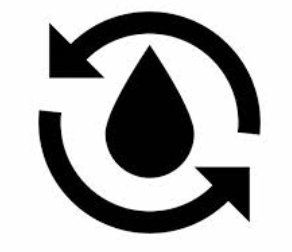
Monoethylene Glycol is used as a liquid desiccant to remove water vapor from natural gas streams.This process is essential for maintaining the efficiency and cost-effectiveness of gas dehydration systems.
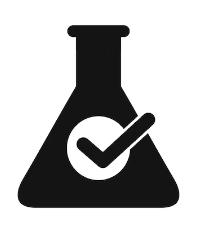
Amine selectively reacts with the acidic gases, forming stable compounds that are then separated from the treated gas. This improves the quality and marketability of the natural gas product.
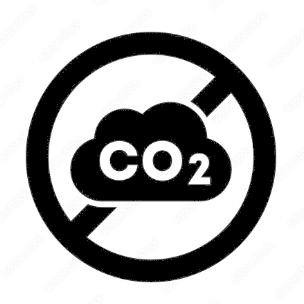
CO₂ removal involves processes such as absorption, adsorption, and membrane separation to selectively separate carbon dioxide from natural gas streams. The choice depends on factors like gas composition and purity.
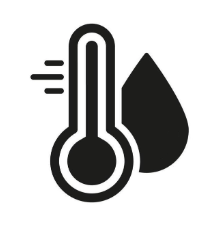
Conditioning processes typically involve removing impurities such as water, solids, sulfur compounds, and other contaminants to ensure the gas meets the specific quality requirements for combustion and equipment protection.

The system typically involves cooling the gas below its dew point using refrigeration or other methods, then reheating it to a specified temperature to prevent condensation during transmission or processing.
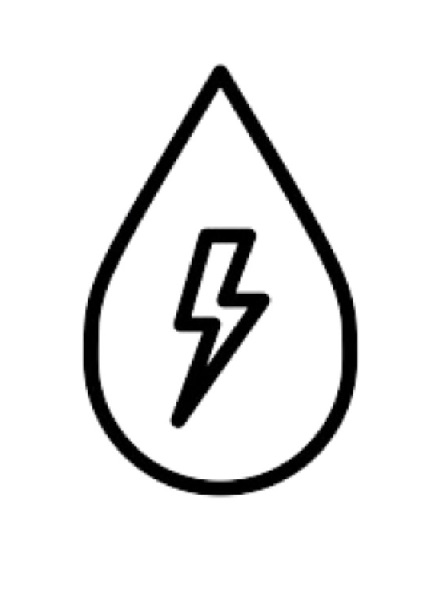
Used to remove impurities like water, salts, and solids from crude oil, the device works by applying an electric field to the crude oil, causing water droplets to coalesce and separate, while also aiding in the removal of salts through electrode migration.

As a component oil refineries used to heat crude oil for various processes, it typically consists of a furnace where crude oil is heated through combustion, allowing for easier separation of its components in subsequent refining steps.
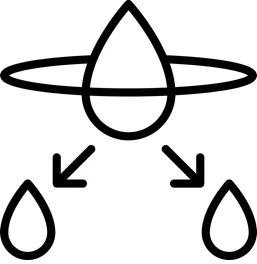
To separate HP and LP streams of hydrocarbons and remove entrained liquids and solids, the internal baffles and demisters aid in achieving efficient separation by facilitating the coalescence and settling of liquid droplets.
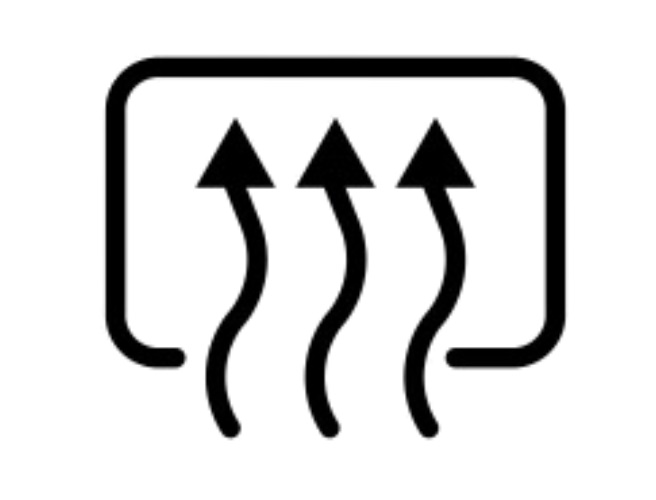
Used to separate emulsions of oil and water by heating them to enhance the separation process, the vessel is heated, allowing the oil and water phases to separate more easily, sometimes with chemical demulsifiers.
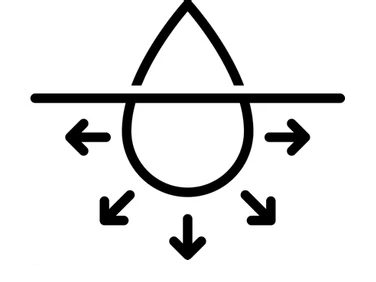
By employing a series of parallel plates with corrugated surfaces, the separator enhances the separation efficiency by increasing the surface area for contact and coalescence of droplets or particles, leading to cleaner effluent streams.

A swirling flow within a conical chamber causes heavier particles to be forced to the outer wall and lighter particles to move towards the center, allowing for efficient separation based on density and size.

The IGF injects gas bubbles into the water stream that will attach to the oil droplets and solids, causing them to rise to the surface for removal, resulting in clarified water.

As a type of hydrocyclone, the desander operates by creating a swirling flow within a cylindrical chamber causing heavier particles, such as sand, to be forced to the outer wall and collected at the bottom.
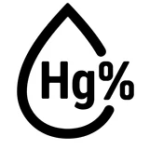
Critical to remove due to its toxic and corrosive nature on downstream processing equipment and catalysts, we use a variety of mercury removal methods such as adsorption, chemical precipitation, or thermal treatment.

Essential for preventing corrosion and toxicity, we employ advanced techniques like adsorption, chemical scrubbing, and oxidation to effectively remove hydrogen sulfide from gas streams.
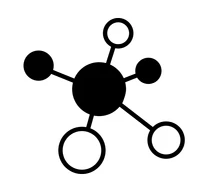
Critical for enhancing gas purity and meeting industry standards, nitrogen removal is achieved through cryogenic distillation, membrane separation, and pressure swing adsorption.
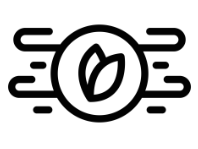
To upgrade biogas to renewable natural gas, we use methods such as water scrubbing, pressure swing adsorption, and membrane separation to remove impurities and increase methane concentration.
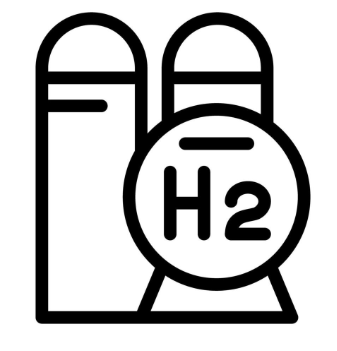
We ensure the seamless integration and operation of hydrogen production systems through comprehensive balance of plant engineering, encompassing all ancillary components and support systems.

Our in-depth engineering studies for hydrogen plants involve detailed analysis, design, and optimisation to ensure efficient, safe, and cost-effective hydrogen production.

We specialise in the design and implementation of advanced electrolyser systems for efficient hydrogen production through water electrolysis, supporting clean energy initiatives and industrial applications.
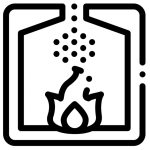
We implement both pre-combustion and post-combustion capture technologies to efficiently reduce CO₂ emissions, enhancing sustainability and compliance in energy production and industrial processes.
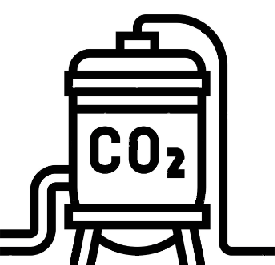
Our portable carbon capture plants, capable of capturing up to 100,000 tonnes of CO₂ annually, offer flexible and scalable solutions for reducing emissions across various industrial applications.
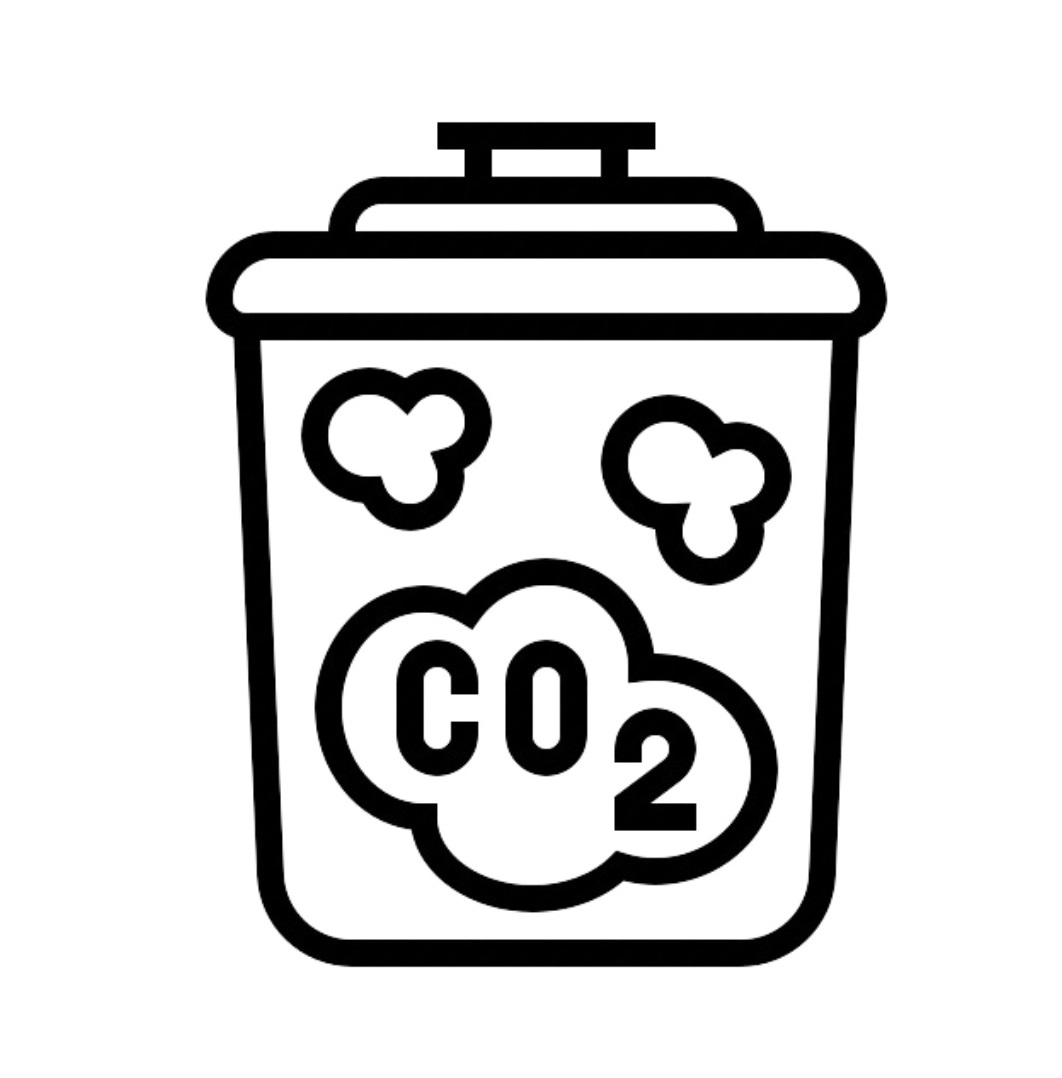
We provide high-purity, food-grade CO₂, ensuring it meets stringent safety and quality standards for use in food and beverage processing, packaging, and preservation.

As a crucial component in water injection systems, these filters remove contaminants, such as solids and particulates, from the water stream to prevent equipment damage and ensure effective reservoir management.
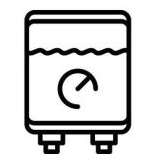
The system removes dissolved gases, primarily oxygen and carbon dioxide, from water to prevent corrosion, enhance efficiency in processes like boiler operation, and improve product quality in various applications.

Water flooding is essential for maintaining reservoir pressure and enhancing oil recovery, helping to maximise extraction efficiency and extend the life of the reservoir. It plays a crucial role in improving production rates while ensuring optimal resource utilisation.
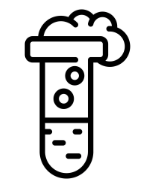
Used to introduce specific chemicals into a system or process stream, it serves multiple purposes, such as corrosion inhibition, scale prevention, microbial control, and chemical treatment for enhanced oil recovery.

Nitrogen generation plays a crucial role in our industry by providing an inert atmosphere that prevents unwanted reactions during processing. By ensuring a consistent and high-purity supply of nitrogen, we safeguard equipment and maintain the integrity of our products throughout the production cycle.
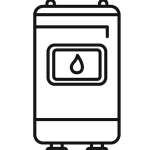
The system typically involves cooling the gas below its dew point using refrigeration or other methods, then reheating it to a specified temperature to prevent condensation during transmission or processing.
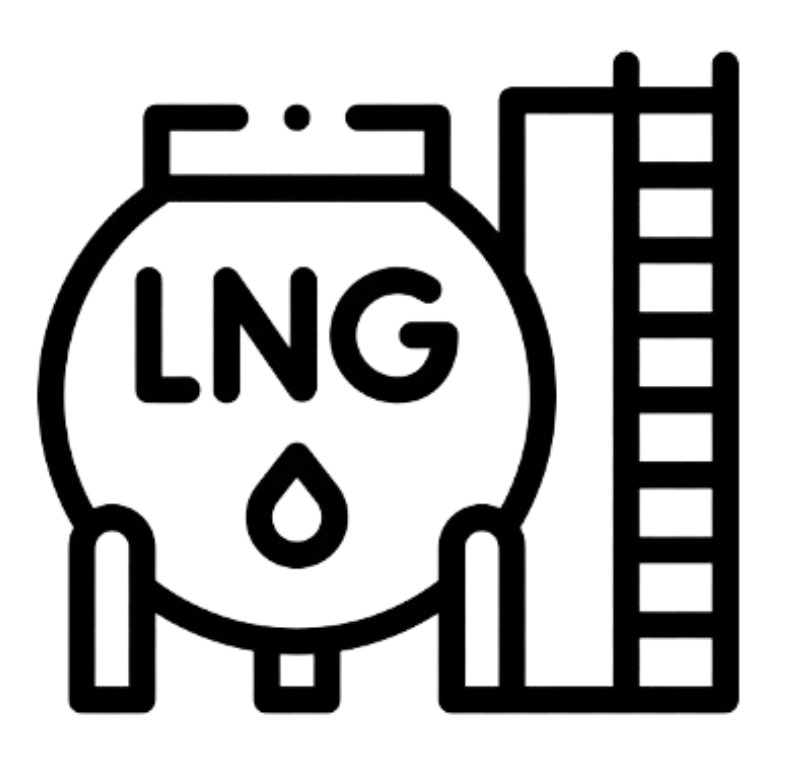
Mercury in streams poses a significant risk to downstream processing equipment. Thus, specialised mercury removal technologies and processes are employed to ensure products meet quality standards and requirements.
© 2024 ISSPROCESS. All Rights Reserved.